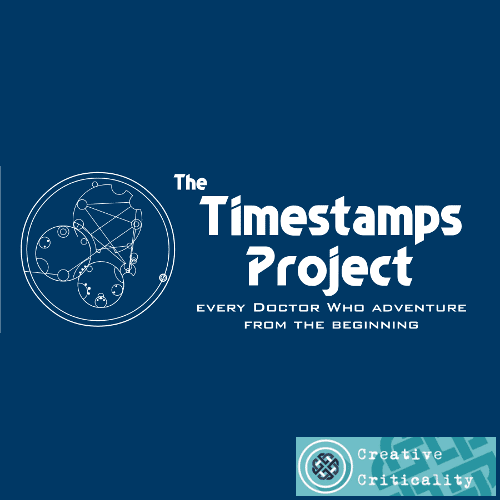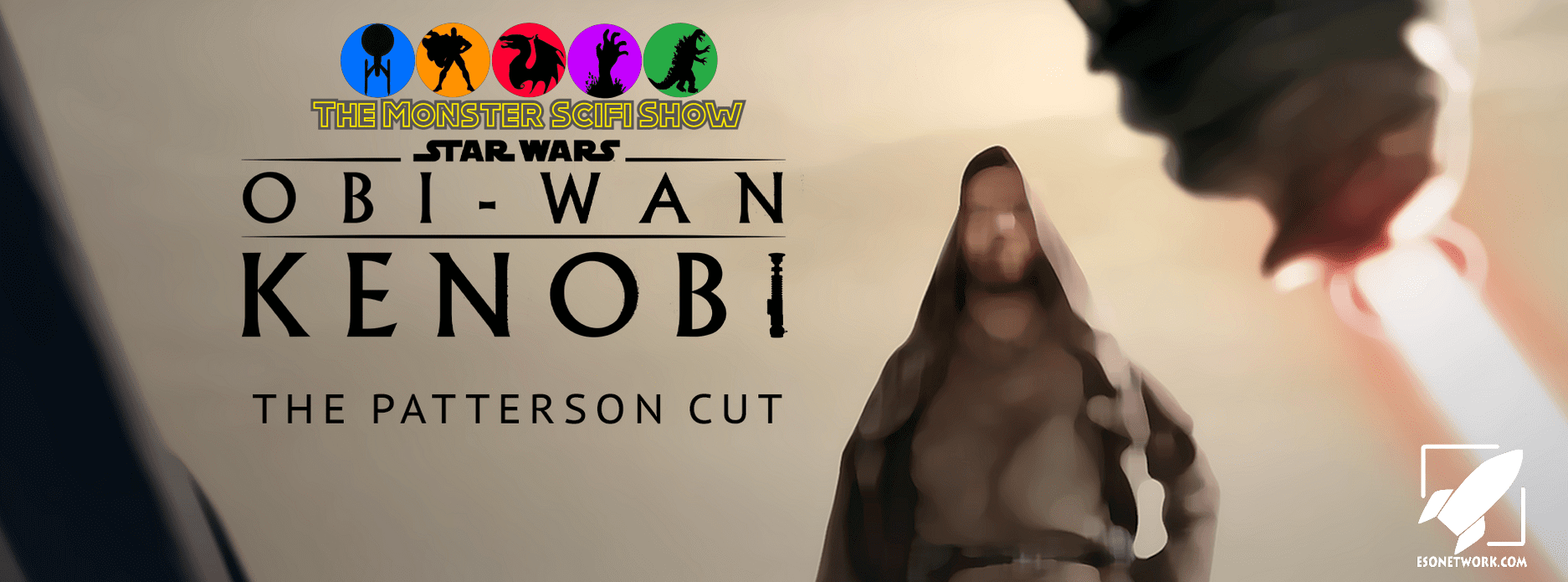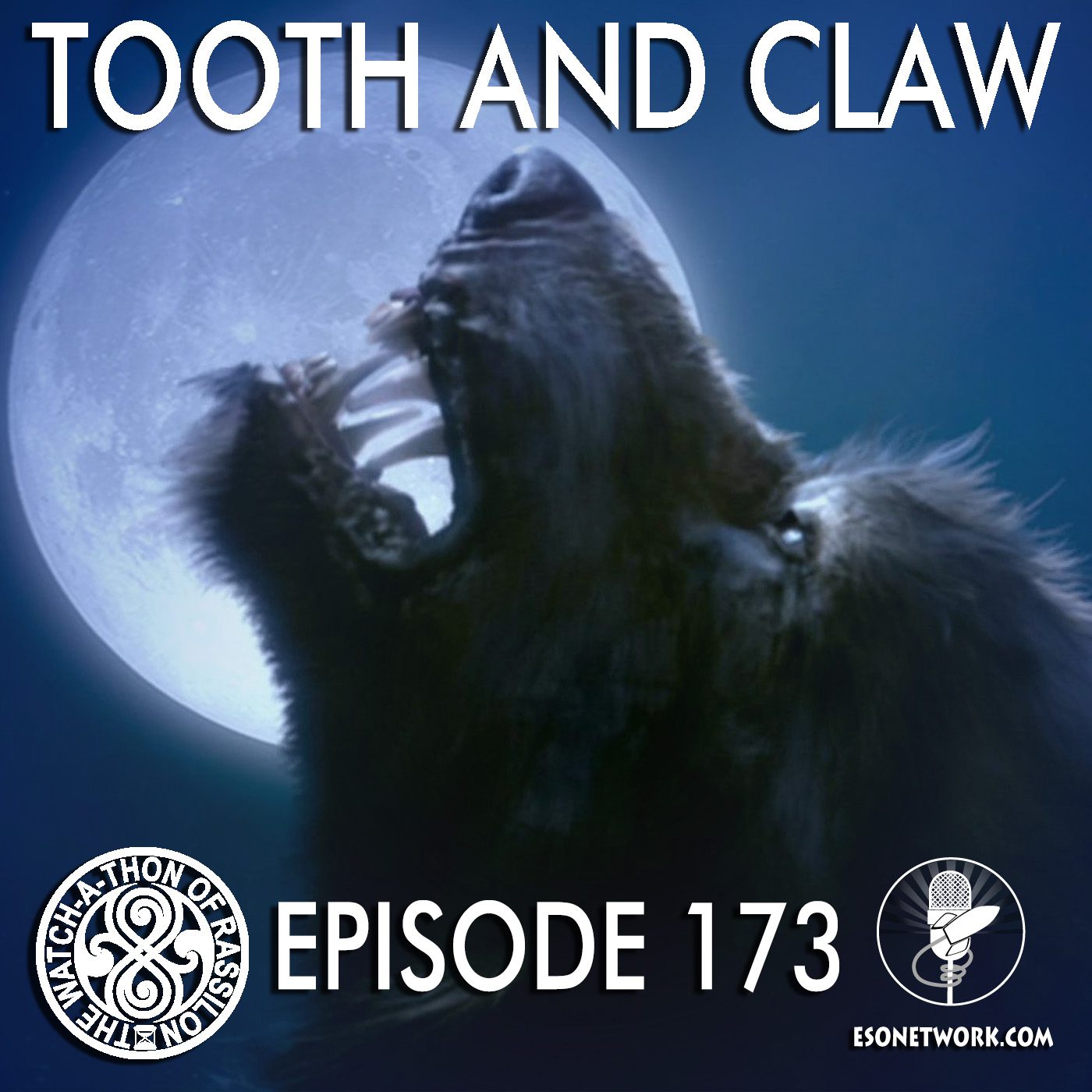 By Evan Ackerman, Source: Dvice.com
By Evan Ackerman, Source: Dvice.com
Our galaxy is home to about three hundred billion stars. That’s a lot of stars. New research suggests that for every one of those stars, there may be a hundred thousand homeless planets wandering the galaxy. If you’re counting, that’s like 30,000,000,000,000,000 planets, and some of them may be home to life.
All those zeros add up to thirty quadrillion planetary mass objects. Quadrillion. If each one of those planets kicked in three dollars, we’d be able to build a Death Star, with enough cash left over to trick it out with some rims and a sweet sound system. On the face of it, this seems crazy: all of these planets are just floating around out there, without any star systems to call home. And since planets don’t emit light of their own, how is it possible to spot one of them, let alone estimate that out galaxy is full of quadrillions?
Astronomers at Stanford University arrived at their estimate of 100,000 nomad planets per star based on gravitation microlensing studies. Gravity, as you know, can twist and bend space, and when space bends, light also bends. When something that generates a significant amount of gravity (like a planet) passes in front of something like a star, the light from the star bends around the planet like the planet is a lens, and here on Earth, we can use the amount of bending to determine how big the planet is. A study from last year detected about a dozen nomadic planets this way, and the Stanford team extrapolated based on the known gravitational pull of the Milky Way galaxy, the amount of stuff available to make wandering planets, and how that matter might split up into objects ranging in size from Pluto to Jupiter.
As for the planets themselves, they might be rocky, icy, or gas giants. Nobody’s sure where they would come from, or where they’re going to. It’s even possible that some of them might retain enough internal heat to have active plate tectonics, atmospheres, oceans, and even microbial life. We’ll have to wait until some new telescopes come online in the early 2020s for confirmation that all of these things are actually out there, but if we start finding them, it could change our entire picture of the universe.





































































